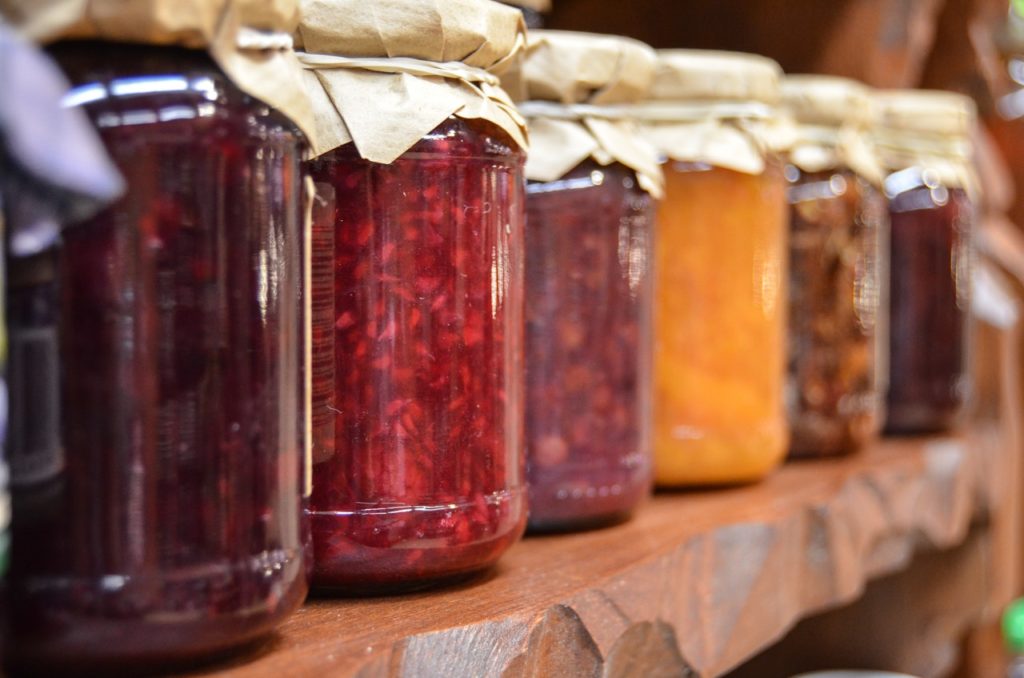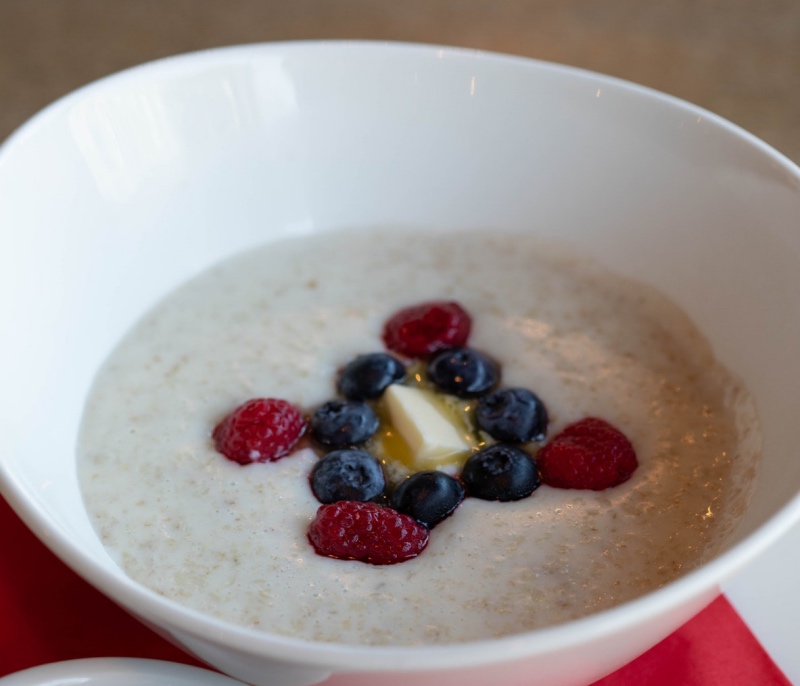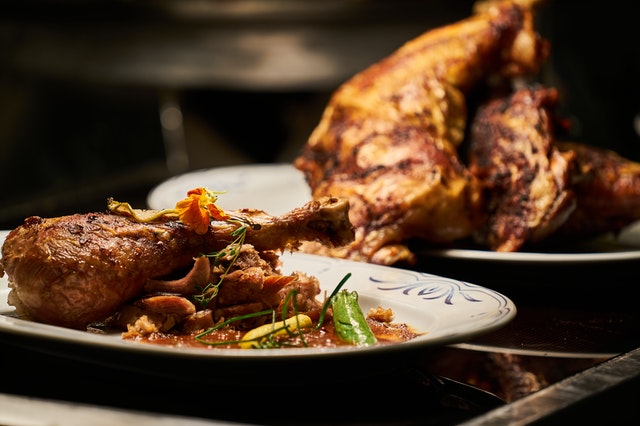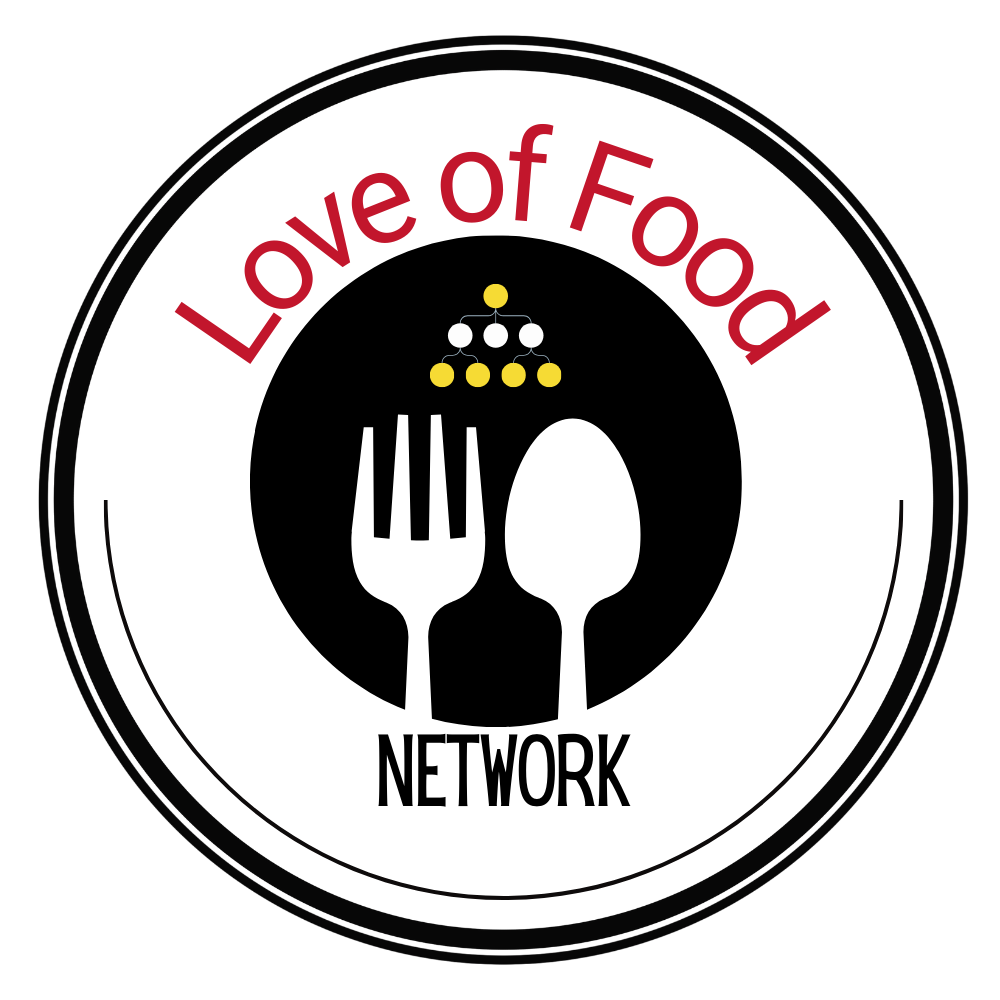Growing up with parents influenced by the Great Depression gave us an opportunity to learn about stretching food budgets. Mom would ask her mother, “what’s for supper?” Grandma would say, “beans and cornbread.” The next day the answer would be, “cornbread and beans.” Grandma had a garden and canned most of their vegetables.

With seven mouths to feed and a tight budget, we never starved. Mom’s skills were an enormous part of why. It also helped to have a deep freeze.
Buying groceries at the Air Force commissary was once a month event. Mom’s list was designed to match the store layout. Milk and bread would be put in the freezer, along with the monthly meats and poultry. The ice cream was purchased in half-gallon containers. Fresh produce and fruit were purchased in lesser amounts or at produce stands. Breakfast foods were grits, oatmeal, or non-sugared cereal. Weekend breakfast was bacon or sausage, scrambled eggs, and biscuits.

Lunches were sandwiches, either lunchmeat and cheese (one slice of each) or peanut butter and jelly. As we got older and our income changed, we had potato chips and split one bottle of soda between two of us. We enjoyed school lunches as they were affordable. For birthdays we would make a mixture of 7-Up and Kool-Aid. Otherwise, we drank water or iced tea at the supper table.

When we would arrive from school, mom always had a snack for us. If she baked cookies that day there would be a plate on the table with two cookies per child. In the warmer months she may have made us ice cream cones, already in the freezer to grab. On a scorching summer day, mom would make us Kool-Aid ice cubes.
These were the simple, low-priced meals. We may have even had some homemade biscuits with these:
Meat loaf would have been stretched with bread, usually about one pound of ground beef, about three slices of bread, a little milk, onions, green peppers, ketchup, and an egg. This one loaf would serve us all.
Chicken comprised of a whole, cut-up by mom, chicken, pan-fried, using Crisco. We each got our parts and the neck, back and giblets were boiled for gravy stock. If we were still hungry and out of mashed potatoes, we would have bread and gravy. Vegetables mostly came from a can, with the occasional relish tray. We always had bread, oleo, and peanut butter at the table.

We had navy beans with smoked ham and cornbread. Spam made it to our table once a while, it was scored and cloves were centered in the diamond cuts, it was then baked. Hamburger gravy over toast also known as SOS was reminiscent of the military. Liver and onions were another low-priced favorite. Pot pies were inexpensive and a treat. Salmon patties were another favorite. Mom used cracker crumbs in them to make them stretch, using one can of salmon.
Weekends were when dad did most of the cooking. He would often cook chicken in the rotisserie. Or we would go fishing, the daily catch became supper.

We had a favorite cookbook for dessert recipes. Dad would pick it up on a weekend and create delicious cakes or hot cross buns. He would set up the deep fryer and make the banana doughnuts as a family event. You just never knew what might come, but we always had sweet somethings for dessert. If nothing else, it was ice cream.

As health would dictate, I made some critical changes in food choices, but I still cook the frugal way. If there are leftovers, they get eaten, either for lunch the next day or put in the freezer for a quick lunch another day. We eat more vegetables, and fruit is a mainstay. To save money, I follow these important points:
21 Tips to Save Money on Your Food Budget
- Take a list to the store. I keep mine on my phone and add or delete items.
- Plan your budget around the specials. I shop at a reputable grocery store, most frequently, and it can be pricey. I do not have that kind of money, so I plan according to the specials of the week. If it is not on sale, it does not get purchased. And it must be within reason.
- Go early in the day, if possible. I go around 8-9 a.m. so I can catch the meat reductions for the morning. I have scored some impressive deals.
- Look at the store brands or even the lower than store brands. The difference between half-n-half name brand and lower than store brand is phenomenal. This is a guilty pleasure, and I want to keep having this product.
- Local produce is often less than shipped in produce. Often, these are at the front of the produce section to get your attention. Still, look about the area for the best deals.
- Frozen fruits and vegetables are usually picked fresh and processed. You get the nutrition and more often you get savings. Making a salad from scratch is sometimes cheaper than bag salads, but not always.
- Coupons are great if you need the item, and it is cheaper to use the coupon.
- Store loyalty cards are to your advantage. Often there are deals exclusive to members. Signing up for emails and loading apps may also save.
- Freeze leftovers after the next non-use. If you do not eat them for lunch or supper the next day, put them in the freezer in lunch ready containers.
- When buying bulk produce, plan. You may save a phenomenal amount of money if in season and a cheap price. Wash and prepare for the freezer quickly to prevent waste.
- Leftover produce, such as slaw mix, can easily be added to a future soup. Put little bits in the freezer until you have enough for a soup. Spinach sometimes ends up in the freezer and makes a great stuffing for mushrooms down the road.
- Watch the frozen vegetables, which are ready for the microwave. These are often smaller portions and you can just put no ready vegetables in a microwave-safe dish.
- Buy meat in family packs and breakdown to freeze.
- Make your own convenience foods for the freezer. Example: breaded, sliced zucchini can be placed on a cookie sheet and frozen until hard, then put in a plastic freezer bag or container.
- Make your own foods such as granola, bread, yogurt, trail mix, and more. Cook up meat bones in the crockpot for a delicious broth. This can be frozen or used for soups.
- Use meal-fillers when cooking at home. Oatmeal, cracker crumbs, cereal, dried bread, and similar help to stretch meats and budgets.
- Consider reducing the use of meat. Meatless Mondays are a thing as much as Taco Tuesday. Who says that tacos must have meat? There are variations that are just as tasty. Use more eggs, rice, beans, soups, casseroles, etc.
- Cashback apps may get you cash to use toward gift cards.
- Use less paper, such as paper plates, paper towels, and napkins. Using regular dishes and cloths can cut down on the budget considerably. And you help the environment.
- When dining out, take advantage of the early bird specials, usually between 4-6 p.m. Lunch specials are common, as well, and offer close to the dinner-sized portions. Seniors, be sure to check on discounts and ask if you do not see it posted. Some restaurants offer senior sized plates which may not be shown on the menu but are about half-sized portions for those lower appetites.
- Carry your own water in a reusable container. Take your own soft drinks while going to events, providing they allow them. Carry refillable coffee mugs, this way you may refill at a lower cost.





